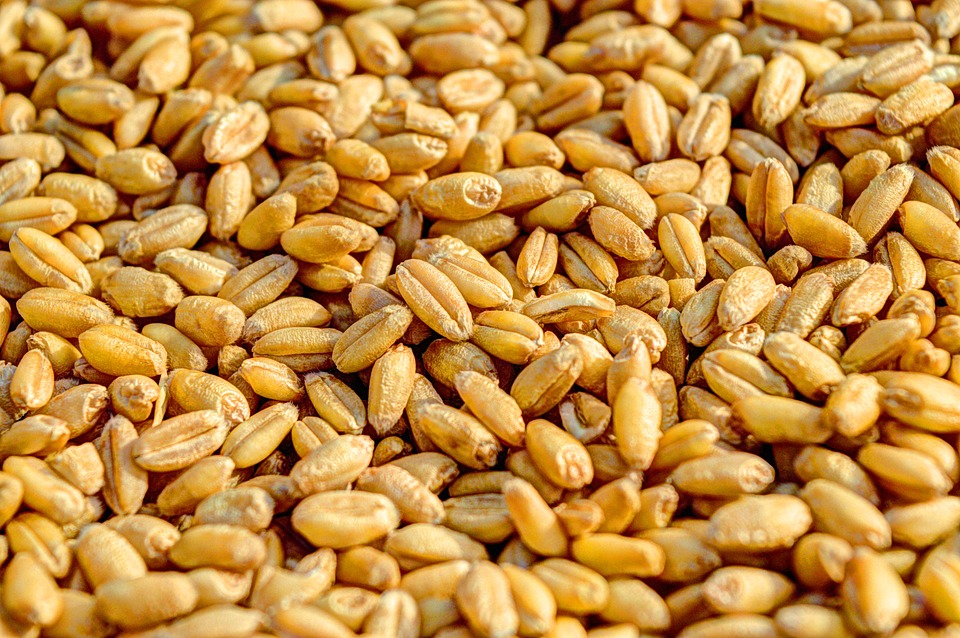Pet Food Ingredient Packaging - Tips To Finding A Pro
It is important to know how to store raw ingredients in your pet food. You'll want to keep in mind common methods of storage, regulations, and safety precautions. This article will explain how to store raw pet food and the best commercial freezers.
Precautions to protect human and animal health
There are a number of precautions to take when storing raw ingredients in pet food. These include avoiding contamination of raw ingredients with foreign material, chemicals, and adulterated ingredients. Pet food manufacturers should have strict safety and quality control measures in place, including proper testing of raw ingredients. Ingredients should undergo chemical, foreign, and microbiological testing.
Pet Food Ingredient Packaging - Tips For Finding
Many pet owners underestimate the microbiological risks associated with storing pet food as raw ingredient. A recent worldwide internet-based survey of pet owners found that only a few of them followed best practice recommendations for food safety. One in four pet owners used gloves and dedicated work surfaces. However, only one-third of respondents said they had followed safety guidelines for handling and storing food.
Pet Food Ingredient Packaging - Essential Tips For Finding The Best Company
To prevent contamination, pet food should be stored in a cool, dry place. Cans of dog food should be kept for seven days. Raw food should not remain in the fridge for longer than three days. Also, once frozen, pet food should be used within four to five days after thawing.
It is important to ensure that raw ingredient pet food is kept in its original packaging to protect animal and human health. This will minimize the risk of foodborne illness and protect the nutrients in the food. Many manufacturers have spent considerable time and research on packaging and labeling.
Pet Food Ingredient Packaging - Tips For Choosing The Best Company
 While a small number of respondents claim to always use fresh ingredients in pet food, most rely on the frozen method to preserve meat. The majority of respondents said that meat was stored frozen for at least three months. Three months is the recommended time for meat to be frozen, but this should not be exceeded for all meat types. Many owners prefer to defrost meat at room temperature as this can encourage bacterial growth.
While a small number of respondents claim to always use fresh ingredients in pet food, most rely on the frozen method to preserve meat. The majority of respondents said that meat was stored frozen for at least three months. Three months is the recommended time for meat to be frozen, but this should not be exceeded for all meat types. Many owners prefer to defrost meat at room temperature as this can encourage bacterial growth.
The FDA Amendments Act requires pet food manufacturers to adhere to certain food safety standards. Salmonella serovars can be found in foods and they must be recalled.
Pet Food Ingredient Packaging - Steps To Choosing The Right One
Common methods of storing raw pet food
When it comes to raw pet food ingredients, it's important to store them properly. Keeping them at room temperature will help avoid cross-contamination. It's also important to keep them away from extreme temperatures, which could damage the product. Some common methods of storing raw pet food ingredients include keeping them in a refrigerator or freezer.
Some pet food ingredients can include vitamins, minerals, preservatives, and co-products from animals or plants. The U.S. Department of Agriculture approves many of these ingredients, which is the same agency that regulates human food. These additives help prevent the pet food from spoiling, which can have negative effects on your pet's health.
Frozing raw pet food ingredients is the most popular method. This allows them to be kept for longer periods of time without risk of spoilage. It is best to keep raw pet food apart from human-grade food. You should use separate cutting boards when storing raw pet food. You can freeze food and place it in a bowl on the countertop to thaw. Just make sure not to leave it out for more than an hour.
Raw pet food is often in pellets, patties, or nuggets. These are easy to use and can be portioned easily. For example, Instinct freeze-dried raw foods patty can be mashed, shredded, or eaten whole. It doesn't matter how you prepare them; it's important that any leftovers are thrown away within 30 minutes.
Pet Food Ingredient Packaging - Tips For Choosing
Proper pet food storage is crucial to maintain the nutritional and sensory properties of the foods that you buy for your pets. Proper storage can cause food spoilage and reduce its quality. Most pet owners, however, follow good storage management methods. One of the most overlooked parameters during storage is room temperature. If possible, avoid room temperature as it can increase rancidity.

You should ensure that raw pet food ingredients are not exposed to extreme temperatures. Unlike wet food, the shelf life of dry pet food is about three to five years. There is little chance of losing nutritional value during this time. A few pet food manufacturers also use natural preservatives.
Commercial freezers are the best place to store raw pet food.
To prolong shelf life and delay the development spoilage microorganisms or degenerative chemical processes, it is important to store raw pet food ingredients in an optimal manner. The food's nutritional profile and the storage method can affect the risk of spoilage. Dry foods are at greatest risk due to their high levels of lipids.
Pet Food Ingredient Packaging - Tips For Choosing The Right One
Proper labeling and storage are essential for optimal storage of raw pet food ingredients. It is best to store the raw food separately from the commercial food, and make sure it is thoroughly sanitized after every feeding. After feeding your pet raw food, it is best to avoid touching its mouth.
Raw pet food contains bacteria and other contaminants that can make humans and pets sick. It is important to follow proper food safety procedures when preparing the food and storing it in a commercial freezer. It is important to wash your hands after handling food. Lastly, you should use a freezer with a tight seal to ensure proper preservation of the food.
Recent research revealed that one in ten pet food owners uses a zipper or plastic bag to package their pet food. But one in ten owners used clothespins, adhesive tape, rubber bands, and resealable zip locks to seal the bag. The remaining eight percent of owners said they use tinfoil or plastic wrap to seal the bag. One in ten owners reported that they experienced an unusual odor or malodor when opening unopened packages. Six percent of owners said malodors developed from using the product frequently. In addition, three percent of owners found bugs or larvae during regular use.
Proper pet food preservation is essential to maintain the nutritional and sensory quality of the food when feeding your pets. Incorrect storage practices can result in irreparable damage. Survey data was collected to determine pet owners' storage habits and the types of pet food that they keep. Although most owners followed good storage practices, room temperature was often overlooked, which can lead to rancidity and spoilage.
Regulations for storing raw pet food
Although it is possible to make a raw pet food recipe at your home, it is not easy to store the ingredients safely. It is important to consider the risks associated with raw pet food handling. Several factors can lead to illnesses, including exposure to pathogens found in the animal's feces. These risks should be minimized by establishing regulations.
The regulatory gap in the storage of raw pet food ingredients is a problem facing the food industry. While most agencies enforce regulations for food storage and handling, very few have the authority to regulate retail facilities. Most pet food establishments offer frozen or refrigerated products.
Raw pet food ingredients can pose serious health risks. Infectious diseases are more common in pets who are on immunosuppressive therapy or have immune diseases. Although the FDA doesn't recommend feeding raw pet food, it does suggest that owners avoid giving their pets untreated meat to reduce the risk for infection. Raw pet foods are not regulated by government so the risk for contamination is higher.
Raw pet food ingredients can contain bacteria, including Salmonella. Most of these bacteria are harmless to humans. However, some people are allergic to raw meat. Because of the risk of developing salmonella, it is important to ensure that the food is not adulterated. Although bacteria can be found in raw meat, it is important to ensure that your pet food does not contain harmful organisms.
A home kitchen cannot meet these requirements. However, a commercial kitchen can meet these regulations. California's Department of Public Health regulates commercial kitchens. Before slaughtering, importing, and processing raw ingredients, you must apply for a license.
Raw food ingredients must be stored in a cool place. They should be properly packaged and stored in an airtight container. Keep them out of reach of other foods. Never thaw frozen raw food on the countertop or in the sink. Moreover, make sure that the raw food is clean and dry before using it.
Comments
Post a Comment